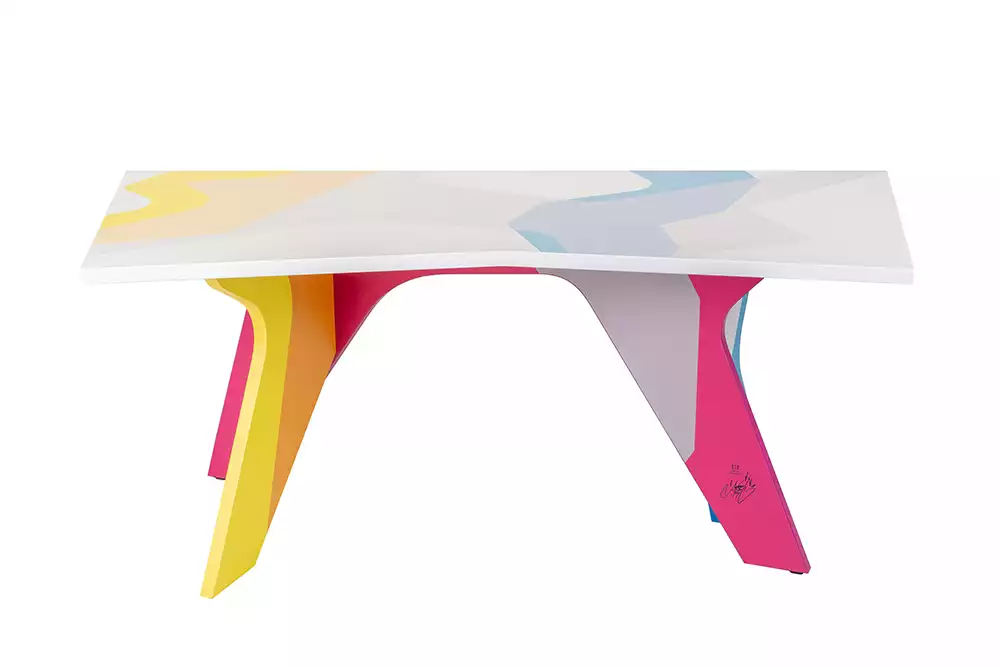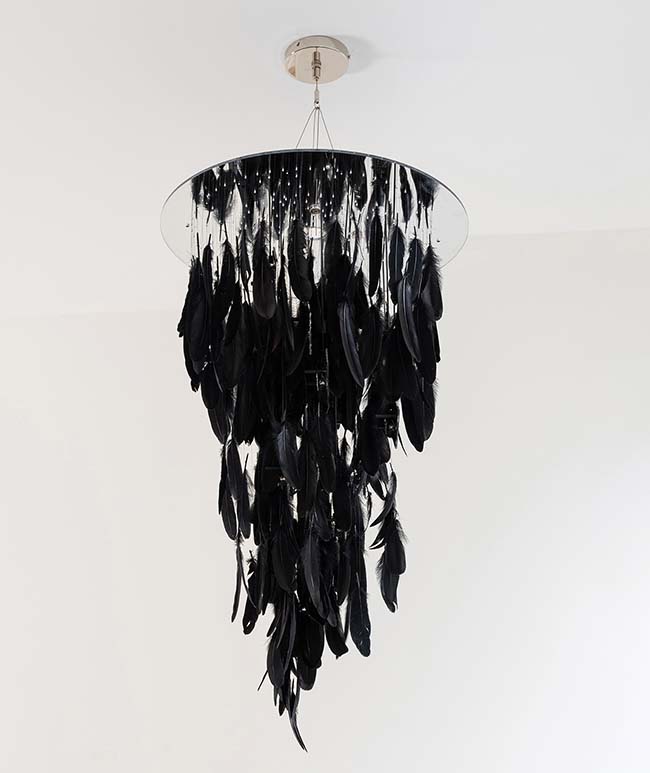
Eins zu Eins emerges from a rich legacy of master craftsmanship, tracing its roots to Ludwig Seufert, a family-owned company specializing in high-end interior fittings since 1898. Building upon this heritage, Eins zu Eins seamlessly bridges the worlds of architecture and furniture design, collaborating with visionary designers to transform bold concepts into meticulously crafted, limited-edition pieces. In this conversation with founder Matthias Seufert, we explore the brand’s distinctive approach to collaboration, its commitment to innovation, and its evolving role in the global luxury furniture market.

Eins zu Eins emerged from the legacy of Ludwig Seufert, a family-owned company specializing in high-end interior fittings since 1898. How has this rich heritage influenced the brand’s approach to collaborating with contemporary designers and artists?
Throughout its long history, Ludwig Seufert has had the privilege of bringing the visions of world-renowned architects such as Rem Koolhaas (Prada Epicenter, New York) and Farshid Moussavi (Victoria Beckham Store, London) to life. These projects often included intricate, custom-made furniture pieces, requiring a deep engagement with the architects to ensure their creative intent was fully realized.
This process—encompassing detailed shop drawings, architectural approvals, mock-ups, and prototypes—mirrors the meticulous approach we take when developing furniture objects today. Our expertise in translating architectural concepts into tangible forms has shaped our philosophy at Eins zu Eins, allowing us to collaborate seamlessly with designers and artists while preserving the integrity of their vision.

The brand emphasizes transforming visionary concepts into tangible furniture pieces through expert craftsmanship and innovative techniques. Could you elaborate on the process of selecting designers and ensuring their visions are faithfully realized?
We actively seek out architects and artists who have the potential to push the boundaries of furniture design while maintaining a balance between artistry and functionality. Once a collaboration is established, we engage in an intensive development process to ensure the object remains as true as possible to the designer’s original vision while also being structurally sound and manufacturable.
This journey can be both lengthy and complex. For instance, the engineering and development of the Kigumi Table by Japanese architect Kengo Kuma took nearly two years. Multiple mock-ups and prototypes were required to refine its seemingly gravity-defying form while ensuring its structural integrity. Such collaborations involve a continuous exchange of ideas, reflecting the essence of our brand name, Eins zu Eins, which translates to “one to one” in German—symbolizing the direct and meticulous dialogue between our artisans and the designers we work with.

Eins zu Eins maintains a dynamic collection by issuing furniture pieces in strictly limited editions, ensuring that once sold out, they are not reproduced. How does this strategy impact the brand’s evolution and its relationship with collectors?
Each piece in our collection is conceived not as a conventional design but as an innovative contribution to the realm of furniture and design. Given this distinct approach, limiting our editions allows us to maintain exclusivity and artistic integrity.
We do not seek to produce furniture constrained by industrial standards or mass-market conventions. Instead, our objective is to create unique, thought-provoking pieces that resonate with collectors and design connoisseurs. This strategy reinforces the brand’s identity as a creator of highly distinctive, collectible furniture rather than a producer of mass-market designs.

Collaborations with iconic figures like Kengo Kuma and Daniel Weil have resulted in unique pieces such as the Kigumi Table and the Grand Master Table. What criteria guide the selection of collaborators, and how do these partnerships align with the brand’s vision?
We prioritize collaborations with architects and artists who not only have a deep interest in furniture design but also possess the ambition and ability to create objects that transcend functionality and enter the realm of art.
Kengo Kuma was a natural choice for collaboration, given his expertise in architectural design and his frequent use of wood as a primary material—an area in which we also specialize. Similarly, Daniel Weil, renowned in the world of chess design, was an ideal partner when we sought to develop distinctive chess tables. These collaborations reflect our commitment to working with visionaries whose artistic philosophies align with our pursuit of exceptional craftsmanship and innovation.

Looking ahead, what are your aspirations for Eins zu Eins in terms of future collaborations, design directions, or expanding the brand’s presence in the global luxury furniture market?
Our goal is to further enhance the dynamism of our collection by streamlining the engineering and production processes, allowing us to introduce new designs more frequently. We also aim to diversify our offerings beyond tables, exploring new categories that align with our expertise in fine craftsmanship and innovative design.
As we continue to evolve, we remain committed to fostering collaborations that challenge conventional boundaries and redefine the possibilities of contemporary furniture design. Expanding our global presence is a key objective, ensuring that Eins zu Eins remains at the forefront of the luxury furniture market while maintaining the artistic integrity that defines our brand.

For more details, visit the Eins zu Eins website.

